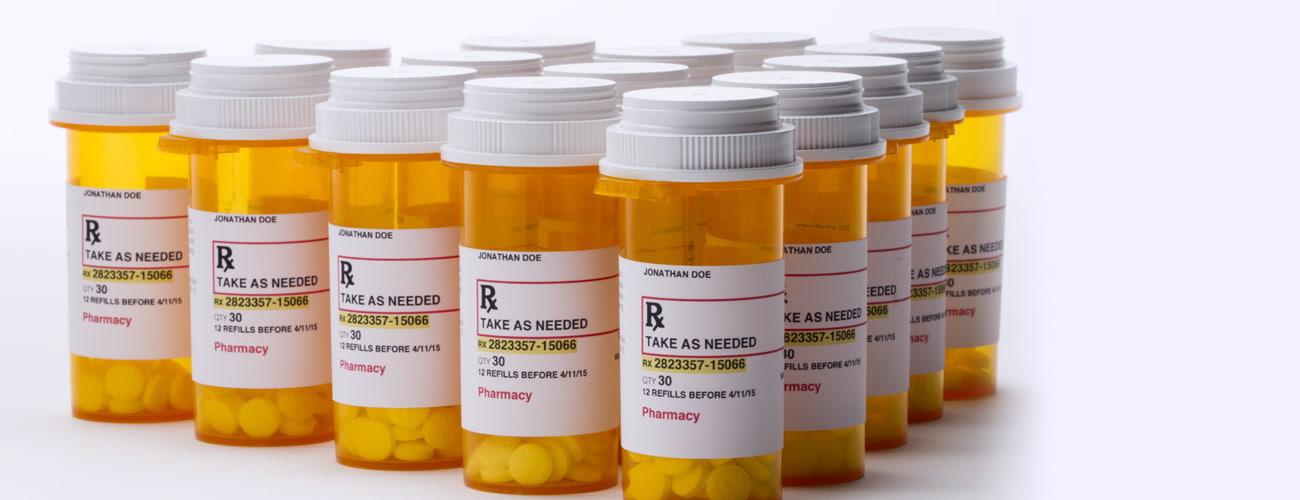By any account, pharmacists do not have an easy job. They often fill hundreds of prescriptions per shift, meet with dozens of clients for consultations, and must also maintain their internal inventory systems throughout the day. Pharmacists are human, and with these burdens being placed upon them day after day, it is no surprise that the rate of pharmacy errors is as high as it is.
According to one news report that discussed a study it conducted of Chicago-area pharmacies, 52% of all pharmacies surveyed failed to warn patients about a dangerous drug interaction. This study didn’t take into account other types of pharmacy errors, such as providing the patient with the wrong dose of medication or the wrong type of medication altogether. The news agency looked mostly at both independent and national-chain pharmacies, discovering that CVS had a failure rate of 62%, Walgreen’s had a failure rate of 30%, and independent pharmacies had a failure rate of 72%.
Due to the concerns surrounding pharmacy errors, lawmakers have recently started to try to implement stricter guidelines for pharmacists. The proposed changes would limit a pharmacist’s workday to 8 hours, require pharmacists take two 15 minute breaks and an hour lunch, and limit the number of prescriptions filled per hour and per shift. Despite the undeniably high error rates, some pharmacies and pharmacists have opposed the newly proposed laws.
 Pharmacy Error Injury Lawyer Blog
Pharmacy Error Injury Lawyer Blog






